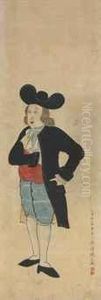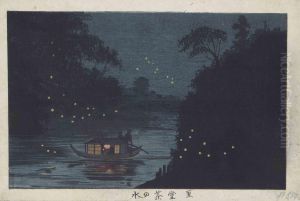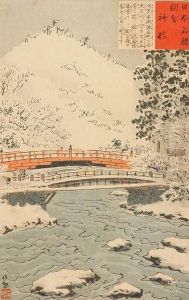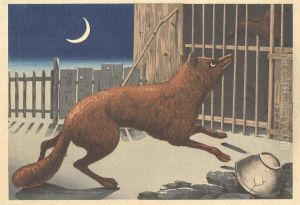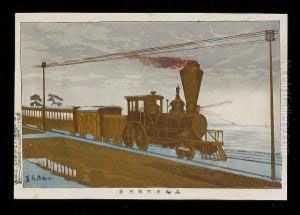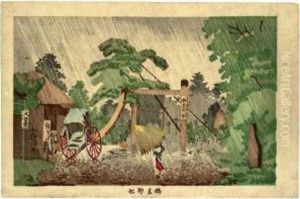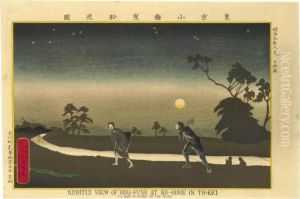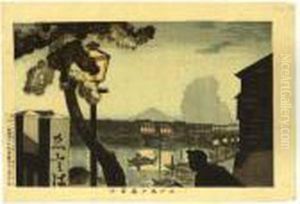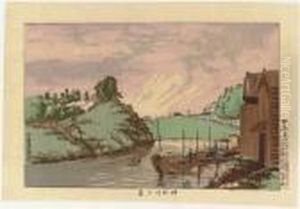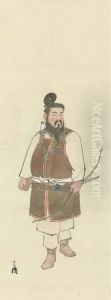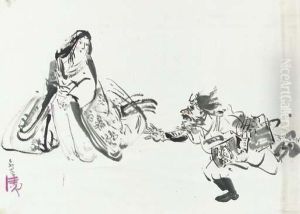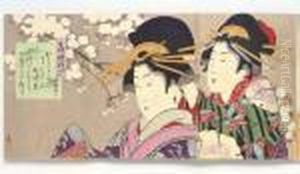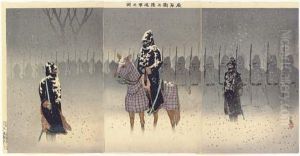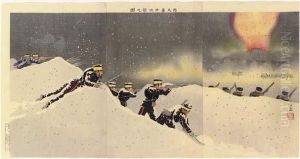Kobayashi Kiyochika Paintings
Kobayashi Kiyochika was a Japanese ukiyo-e artist, best known for his woodblock prints. He was born in Edo (modern-day Tokyo), Japan, in 1847. Kiyochika was a self-taught artist, and his work is known for blending traditional Japanese techniques with Western painting styles, reflecting the rapid modernization of Japan during the Meiji Restoration.
Kiyochika’s early life was during a time of great transition in Japan. He witnessed the fall of the Tokugawa shogunate and the subsequent societal shift as Japan opened up to Western influence. This period of modernization greatly impacted his artistic style. Unlike many ukiyo-e artists of the time who focused on traditional subjects like kabuki actors and beautiful women, Kiyochika was more interested in capturing the changing landscape of Tokyo, especially the effects of industrialization and Westernization.
After the Meiji Restoration in 1868, Kiyochika left Tokyo and served in the Imperial Japanese Army, which further exposed him to Western ideas and techniques. Upon his return to Tokyo in the 1870s, he began producing woodblock prints that depicted the city’s transformation. His landscapes often featured the new technologies of the era, such as steamships and trains, as well as Western-style buildings and the newly installed electric lights of Tokyo. His use of light and shadow was particularly innovative and bore a resemblance to Western lithography and etching, which were uncommon in Japanese prints at the time.
Kiyochika is also noted for his satirical and political prints, which he produced in the 1880s. These works commented on current events and the social climate of Japan as it grappled with its identity during a time of rapid change. However, his political prints were not as commercially successful as his landscapes, and he faced financial difficulties in his later years.
Kobayashi Kiyochika's contribution to Japanese art is significant as he captured a unique moment in the country's history. His work provides a visual record of Japan’s transition from a feudal society to a modern state. His innovative approach to ukiyo-e and his incorporation of Western elements helped pave the way for future generations of Japanese artists.
Kiyochika continued to produce art until his death in 1915. Today, his prints are appreciated for their historical value and artistic beauty, and he is considered an important figure in the late Meiji period art world.
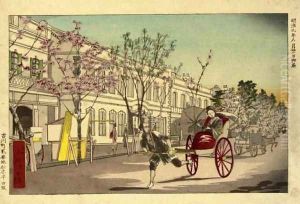
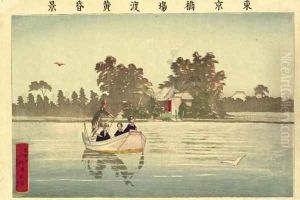
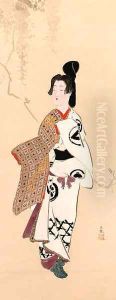
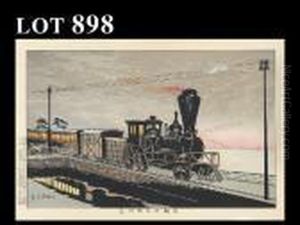
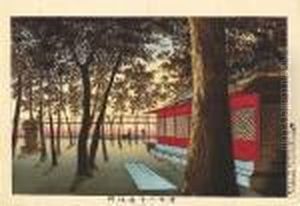
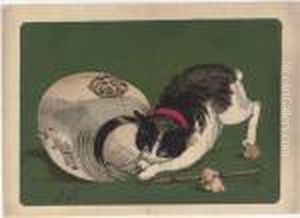
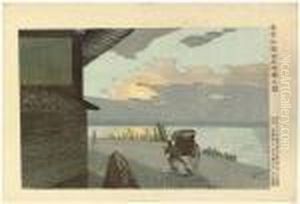
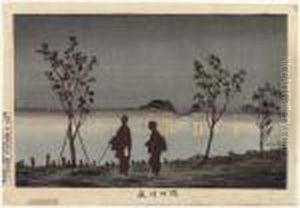
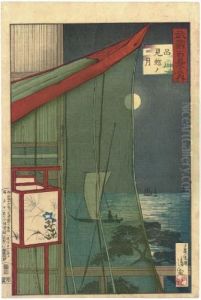

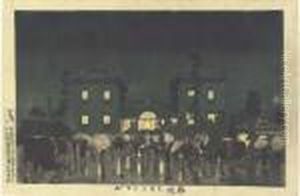
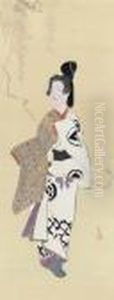

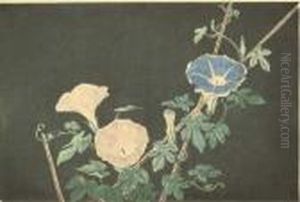
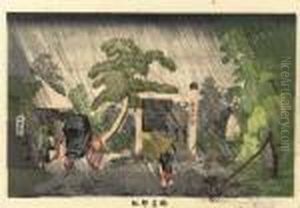
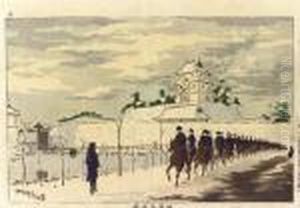
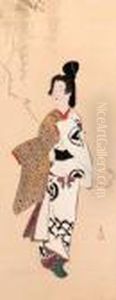
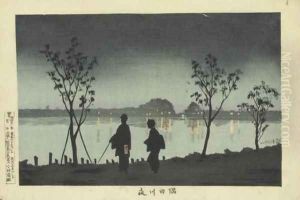
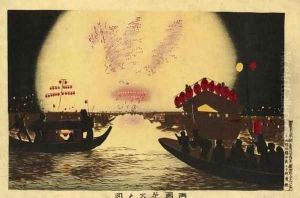
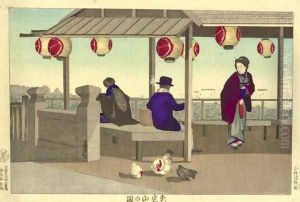
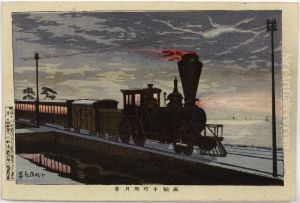
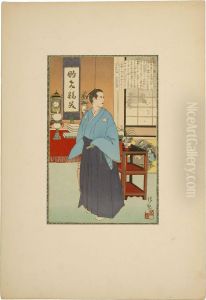
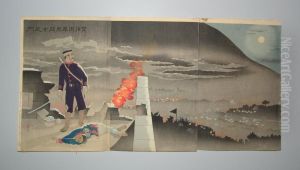
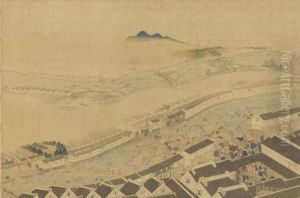

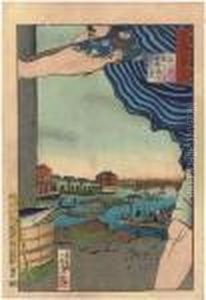
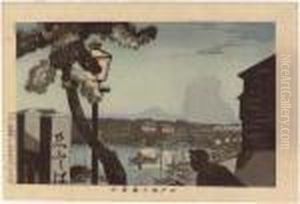
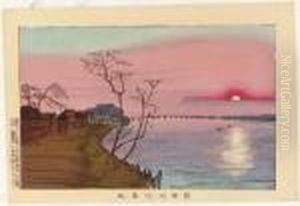
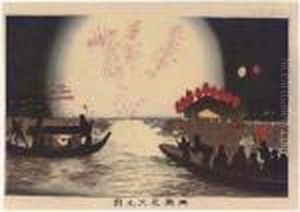
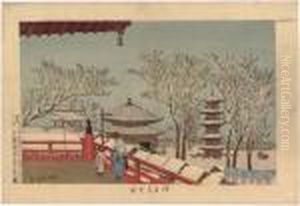
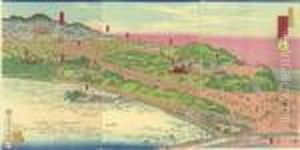
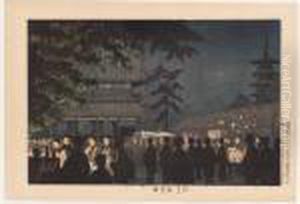
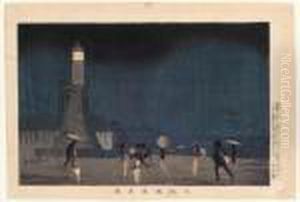

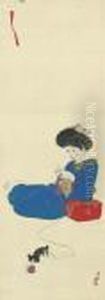
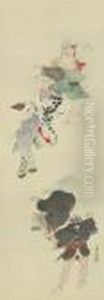
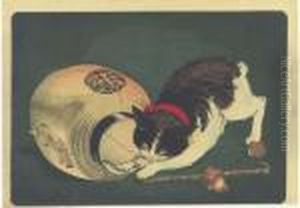
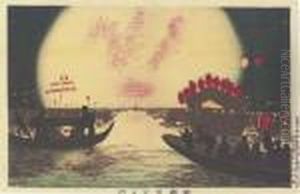
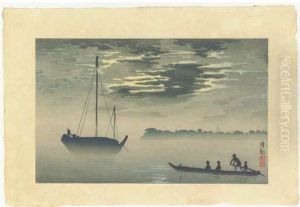
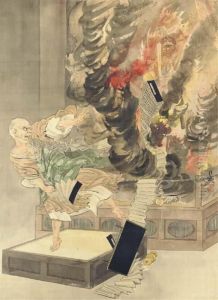
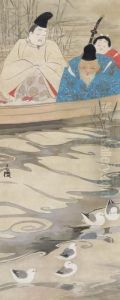
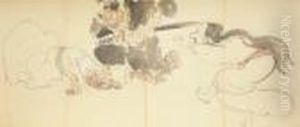
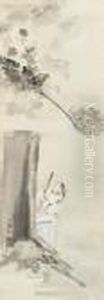
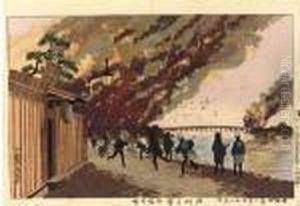
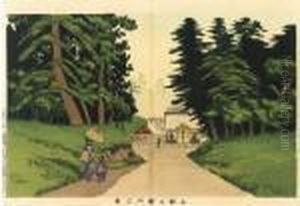
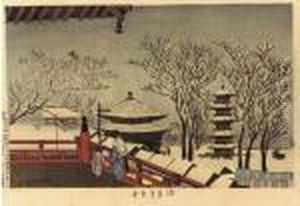
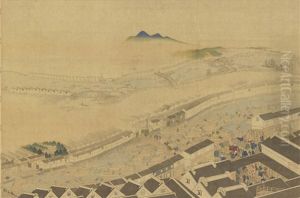
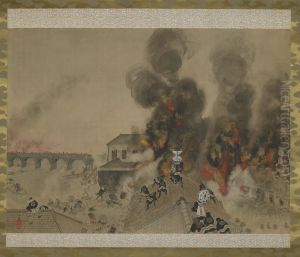
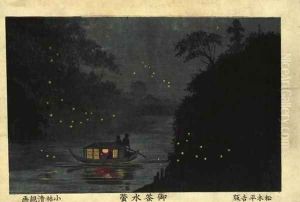
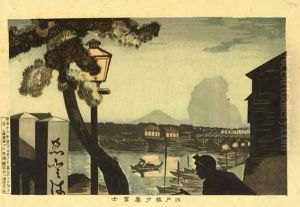
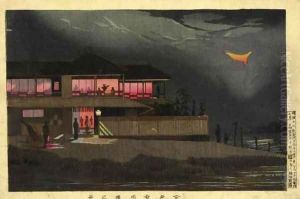
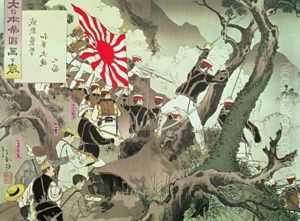

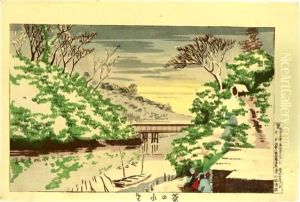
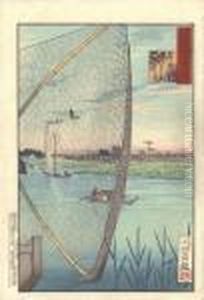
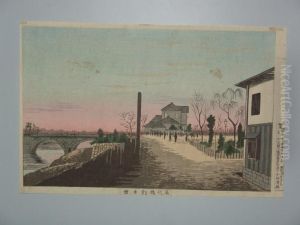
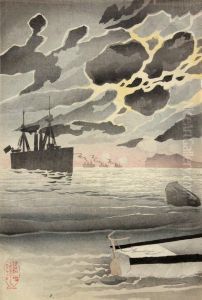
![Edo Soto Sakurada Kasumigaseki [no] Yuki](https://www.niceartgallery.com/imgs/722562/s/kobayashi-kiyochika-edo-soto-sakurada-kasumigaseki-no-yuki-37efde58.jpg)
